
COMMUNITY GIFT – EMERALD SHOW SOCIETY
This month the Complete Parts and @ The Coalface $500 Community Gift goes to the Emerald Show Society Inc., a

This month the Complete Parts and @ The Coalface $500 Community Gift goes to the Emerald Show Society Inc., a
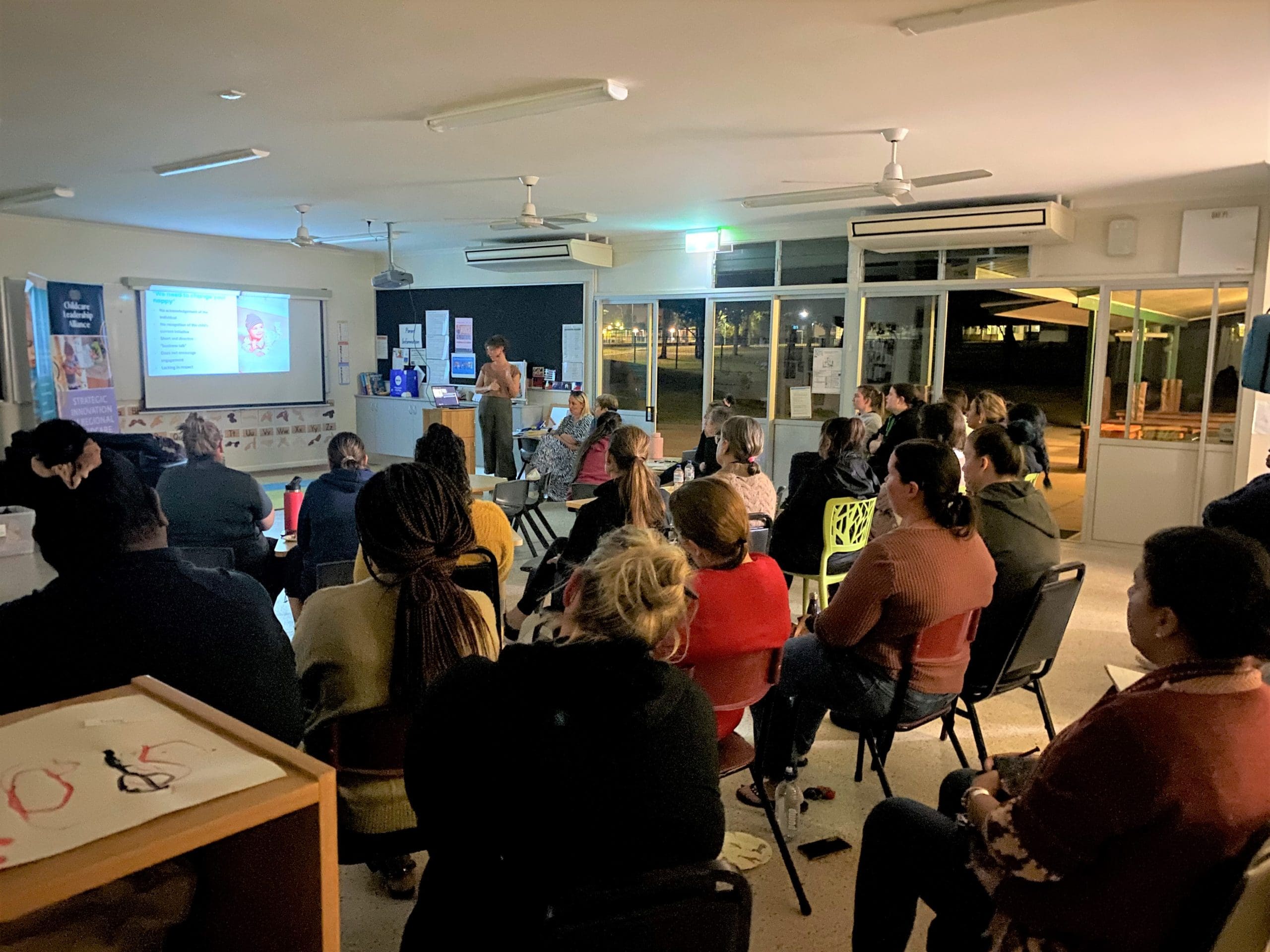
Waitlists at Moranbah childcare centres have halved, with 27 new childcare workers recruited through the efforts of the Childcare Leadership
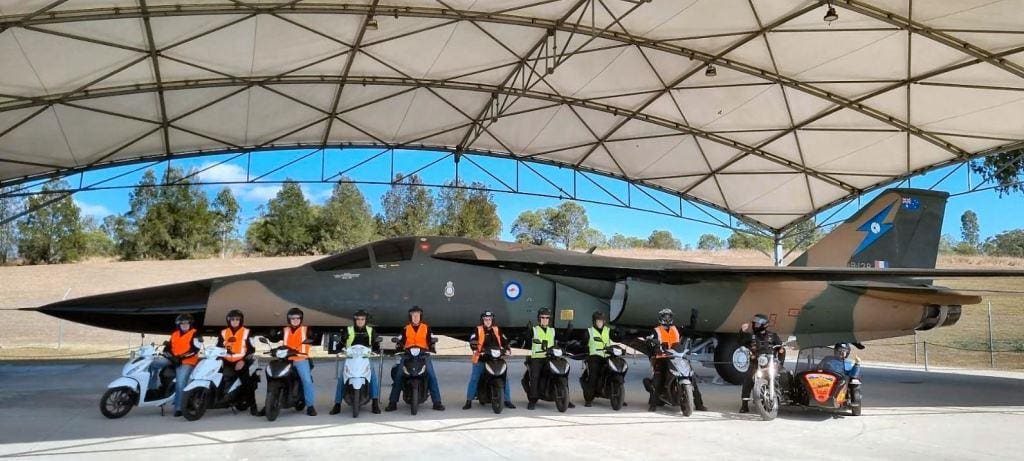
Scootaville is a charity ride that tours outback QLD and NSW to support two wonderful charities, Legacy which cares for

Jai and Xavier Timmermans grew up immersed in the exhilarating world of motorsport, with parents Sarah and Jake passing down
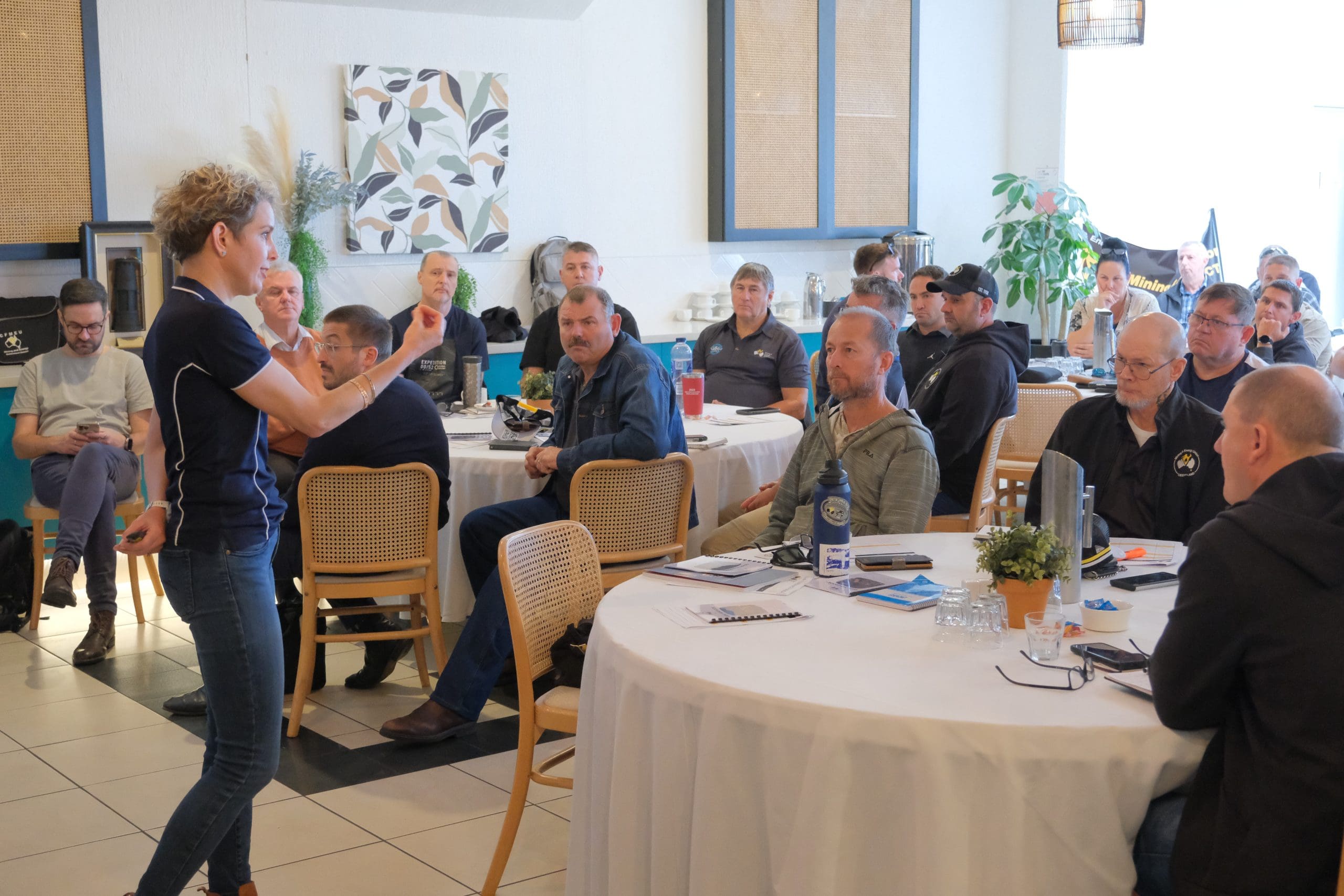
Mine worker safety was the order of the day at the annual Queensland District Site Safety and Health Representative (SSHR)

BY ELLE BUTLER Phuket, Thailand had always been on our bucket list and at last we had the chance to
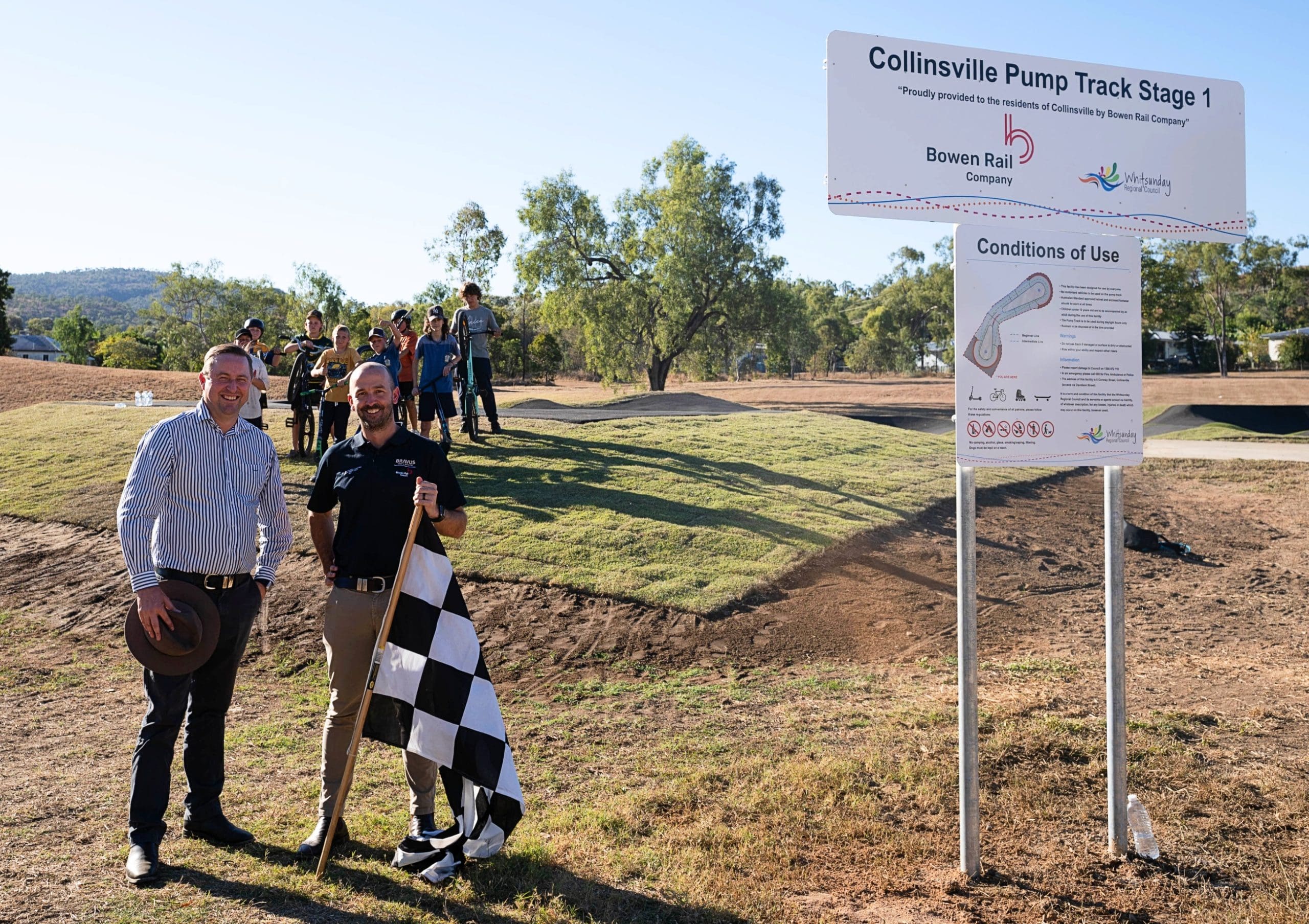
There were plenty of thrills and a couple of spills as Bowen Rail Company and Collinsville residents celebrated the official
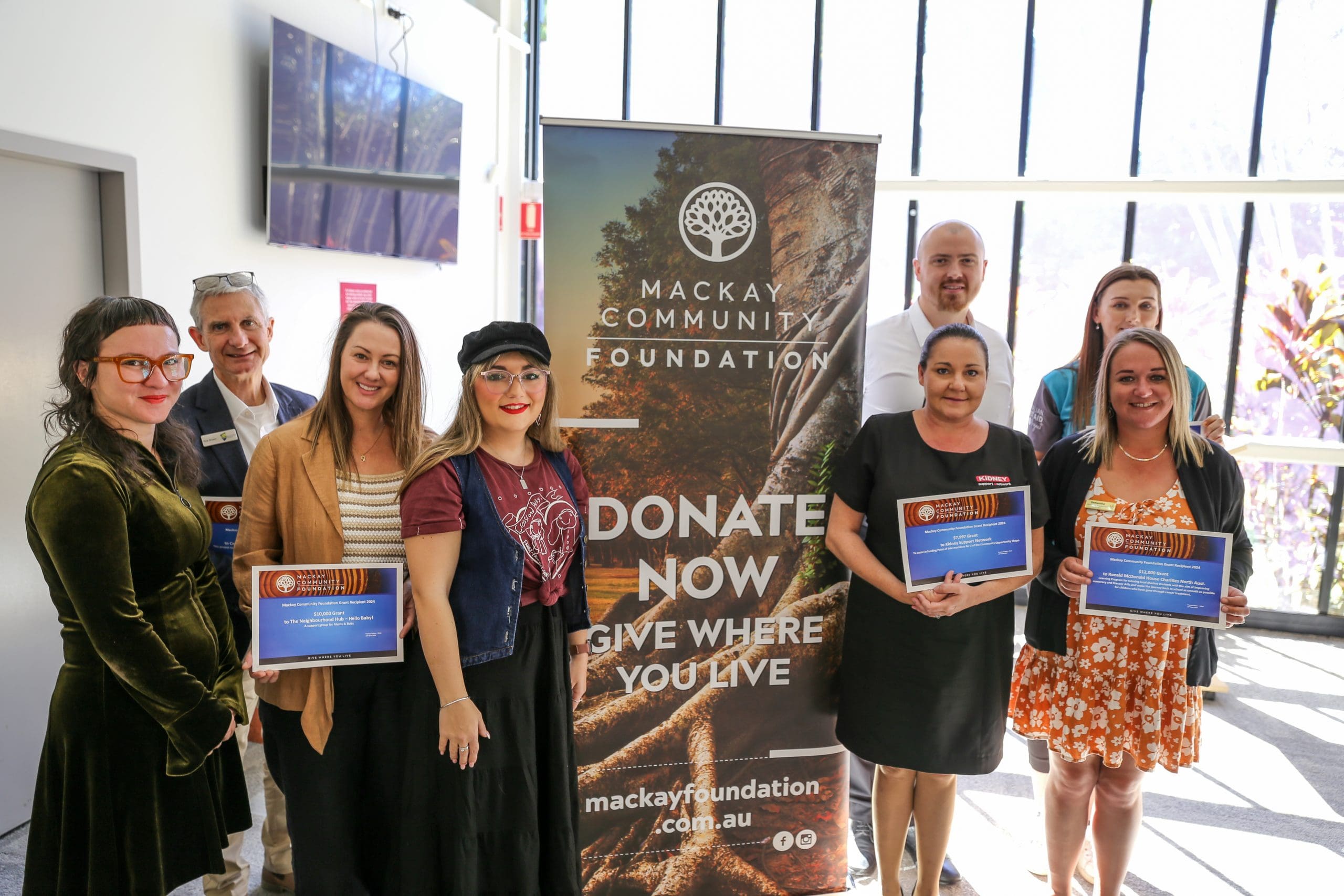
In June, the Mackay Community Foundation presented its 2024 grants to eight deserving non-profit organisations, each dedicated to making a
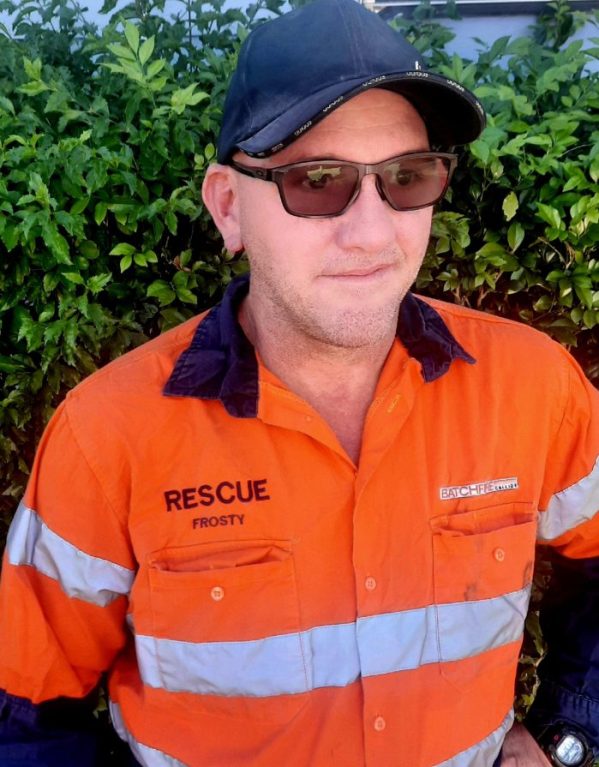
Who are you and what do you do? My name is Tim Frost and I am a Production Process Technician
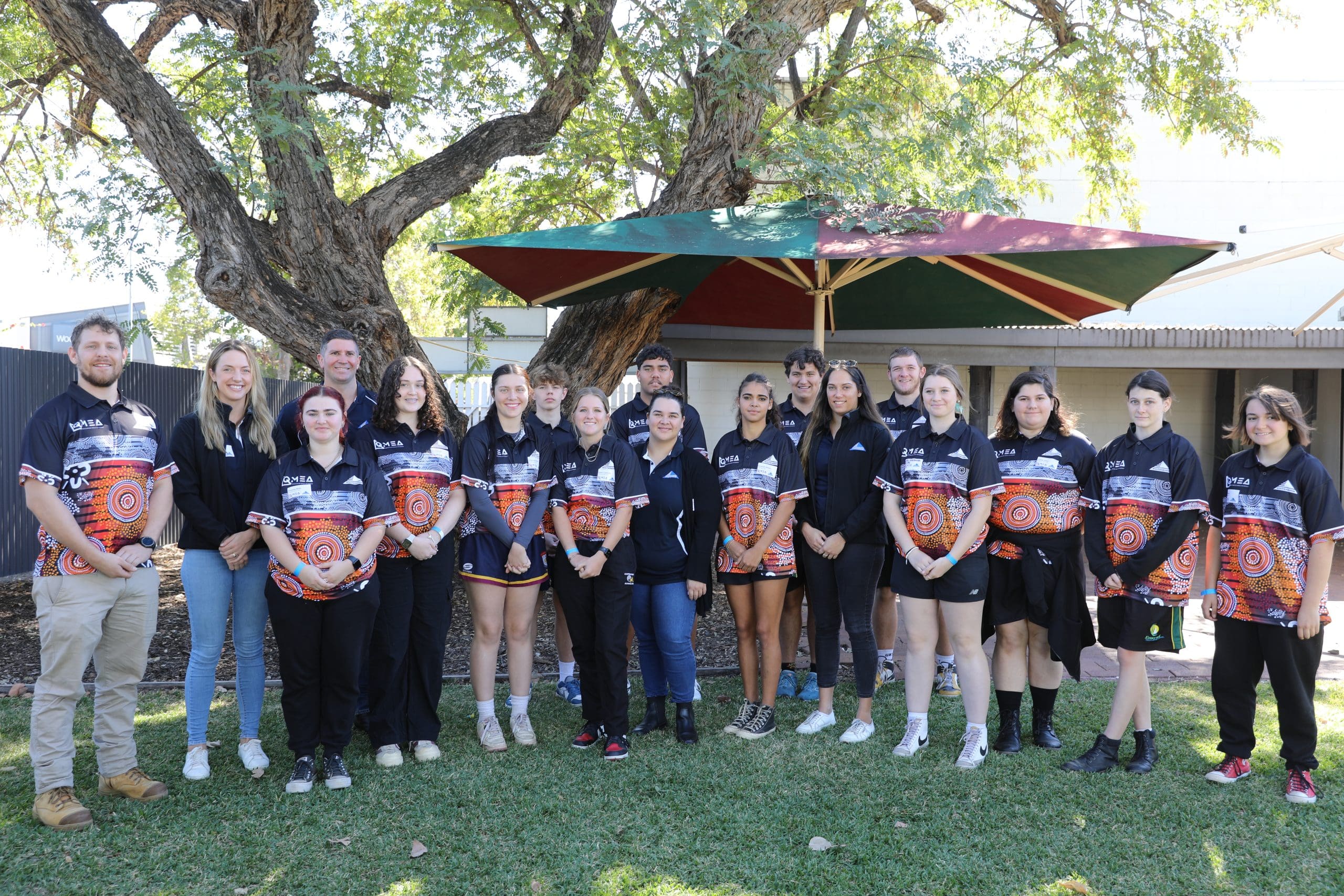
The Queensland Resources Council (QRC) held a day of key industry events in Emerald on Wednesday June 12, celebrating and
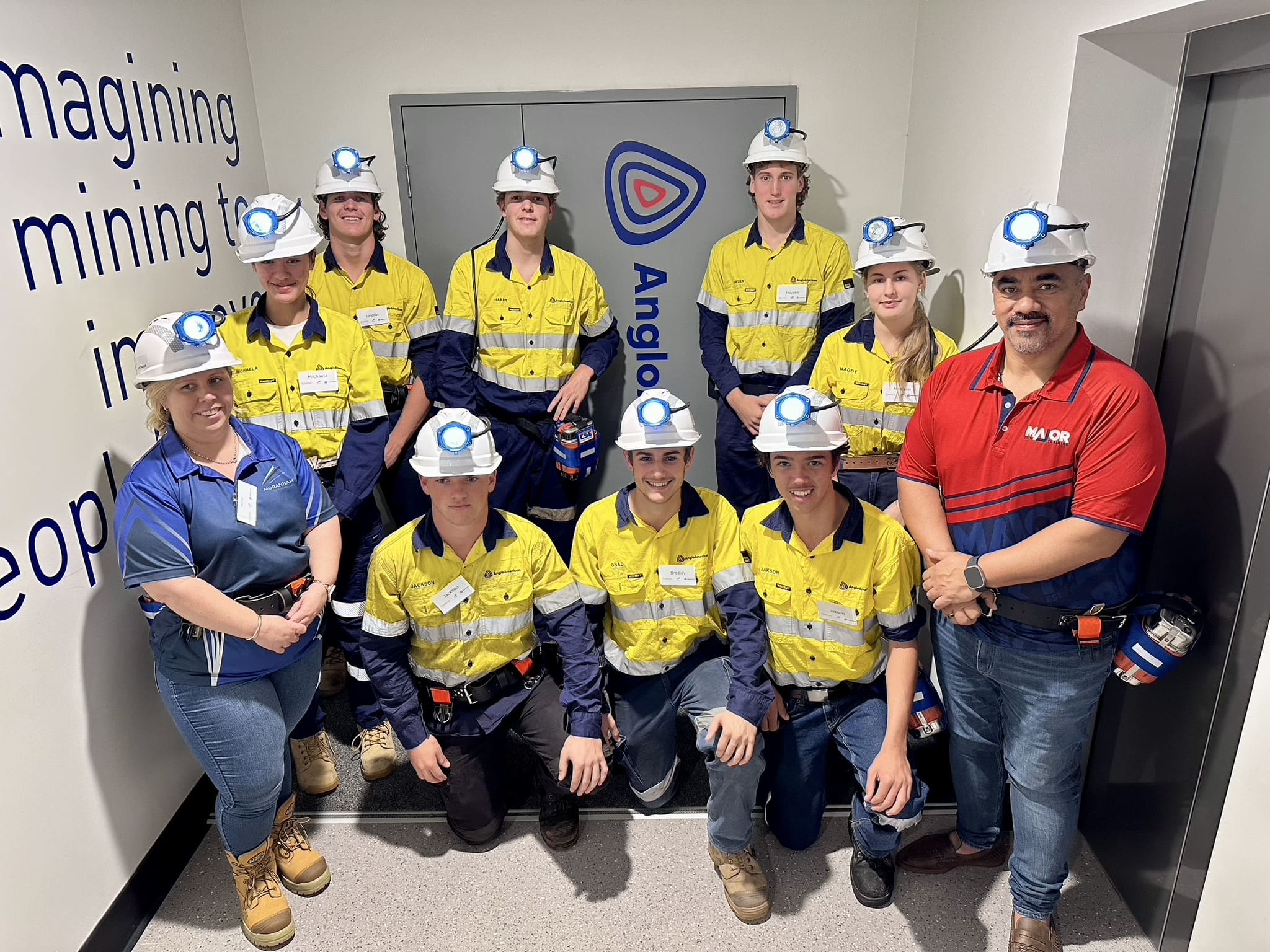
A pioneering Moranbah program designed to equip local talent with cutting-edge electrotechnology skills is creating career pathways into the mining

After returning from Germany with a jet lag hangover that could rival the worst of them, it was time for
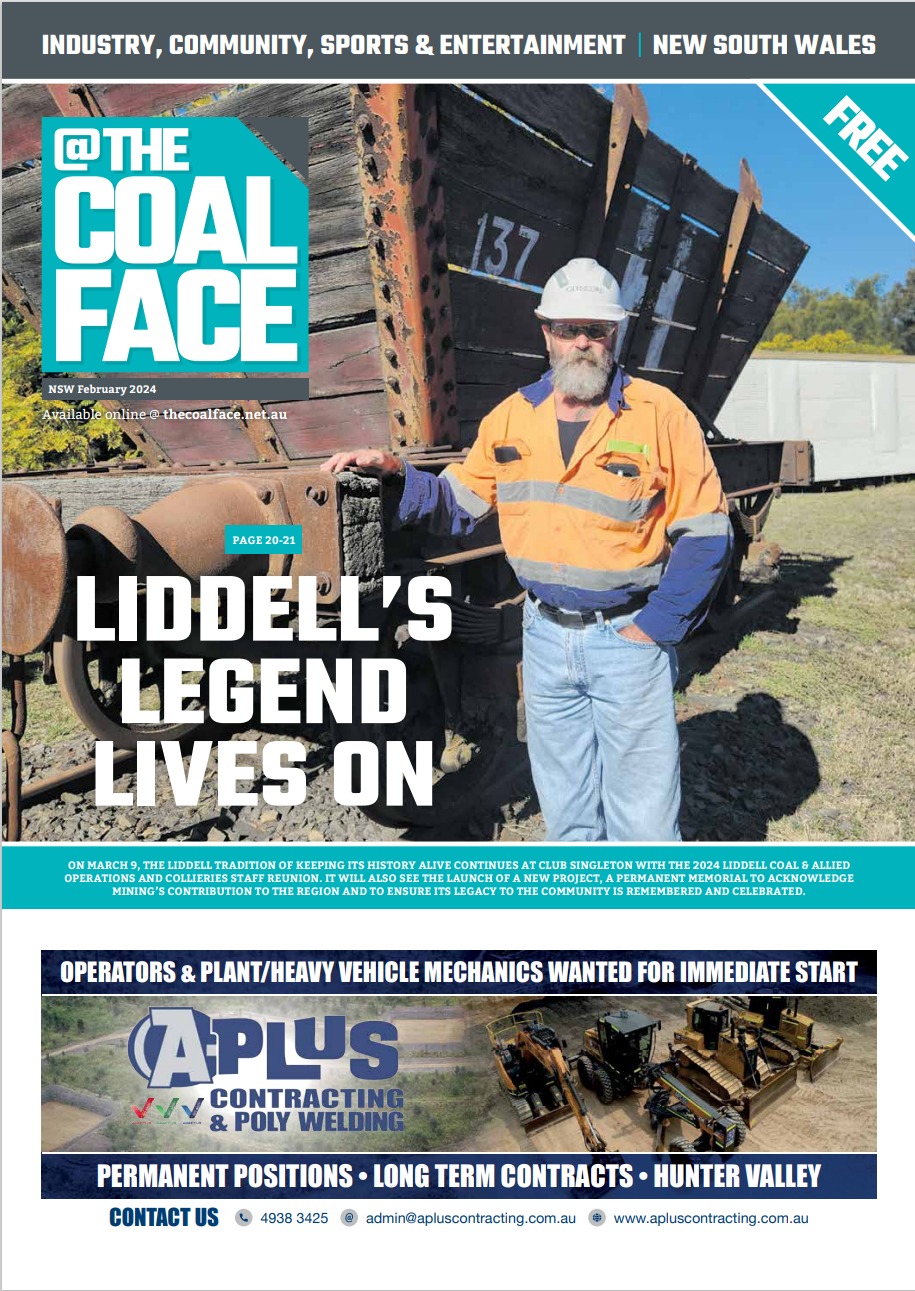
Do you want to reach coal mining people where they work and where they live?
We are your voice !!!
Contact us today to find out more about our advertising packages!